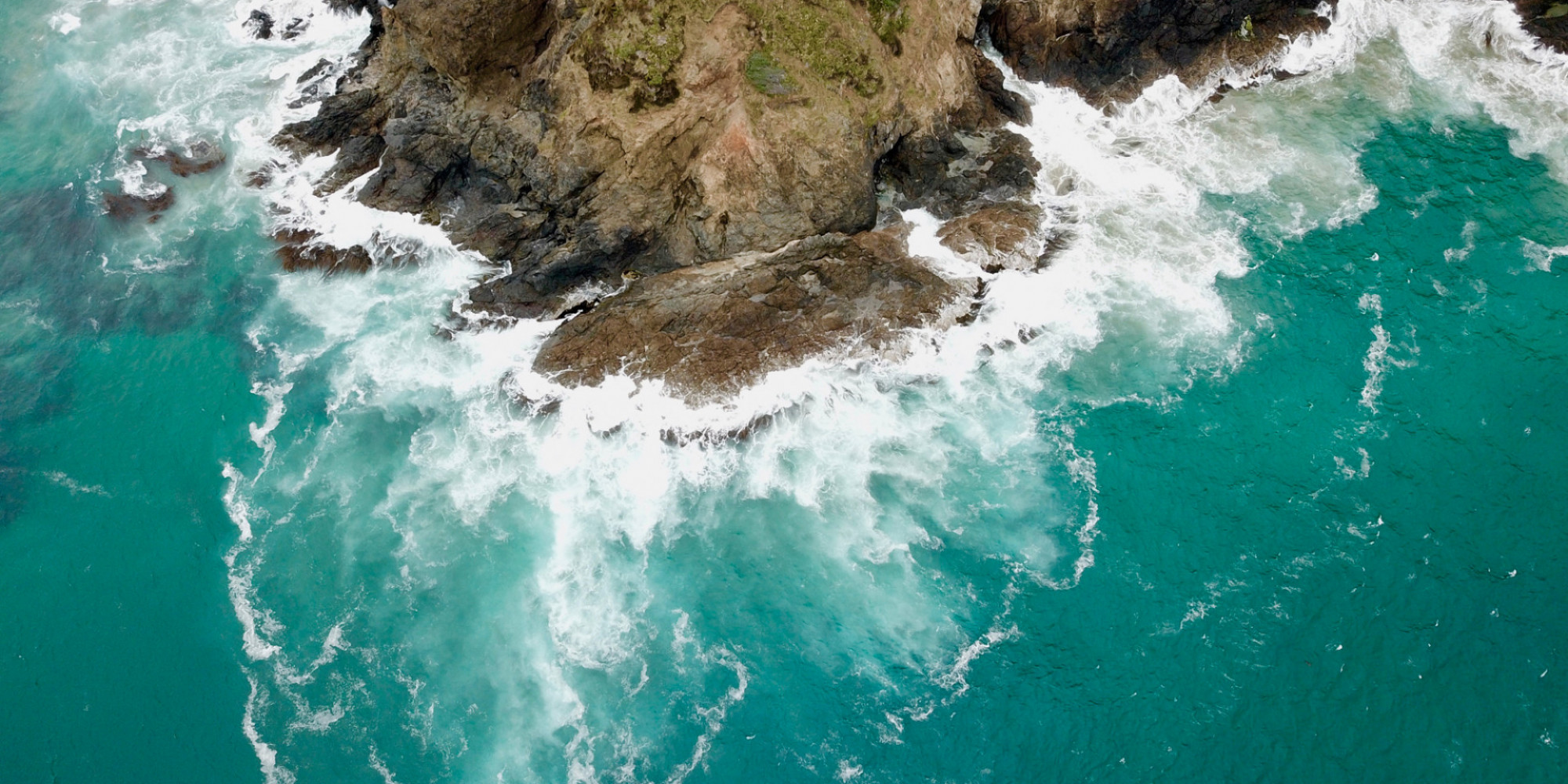Posted on 22 September 2022
Te Au o Te Moana - Voice of the Ocean: Joe Harawira
- News
- Kaitiakitanga Tikanga and mātauranga Māori
- 4 Minutes to read
Ngāti Awa, Ngāi te Rangi, Ngāti Maniapoto, Tūhourangi
Our connections and responsibilities as Kaitiaki
Sustainable Seas Kāhui Kaumatua Joe Harawira set the kaupapa for our Te Au o Te Moana story series. Here he shares some of the thinking behind the concept, the name, and the change he’d like to see.
Joe Harawira: As you will no doubt know, in Māoridom we work from two paradigms.
This is just my story.
The two paradigms are the spiritual realm, which is what we call Te Kauae Runga and the physical realm, which is what we call Te Kauae Raro. With the concept of Te Au o Te Moana, what we’re displaying and talking about is that physical visual that brings the spiritual realm, that metaphor, to life.
Te Au o Te Moana will have different meanings to different people, but for me the reason I came up with Te Au o Te Moana was about giving the Moana voice. The voice that was before all of the pollution, the overfishing, the unsustainable practices that are happening with the Moana at the moment. Before all of those unsustainable practices happened Te Au - the voice of the Moana - was full, it was pumping. The mauri, the life force of the water, and the life within that water, it was pumping.
Millions and millions of years ago when the creation of the world happened, and wai became moana, wai-tai, wai-huka, wai-māori, all of those things came into being, the mauri and the wairua and the mana, and the tapu of wai was strong, powerful. The life within the wai, the rhythms of the wai, were strong.
Of course, the arrival of man brought pollution and a whole range overfishing, unsustainable practices that gave the Moana a little bit of a different voice. Where I was coming from, in terms of Te Au o Te Moana, was that transitioning from mauri, wairua, mana, and tapu from way, way back, to the situation we have here.
We need to understand the voice of the Moana, Te Au o Te Moana, in order to be able to understand how it is that we… correct is not a very strong word, but how we turn the tide to be more in touch. To be more connected with the heartbeat of Tangaroa and of Hinemoana.
Where I'm heading to there, of course, is that sustainable practice, kaupapa, that Sustainable Seas is about. It's kaitiakitanga. The whole kaupapa is around being good, responsible Kaitiaki. What Sustainable Seas is doing is trying to take a hold of that responsibility, through our actions, through our discussions and our wānanga, to bring that wairua and mauri back to the resource – I call all the wai a resource. How is it that we bring the physical aspect through the visual kaupapa, through the experience with the Moana, which is the hands-on stuff, how is it that we weave mātauranga Māori with the science?
Mātauranga Māori is a science within itself and has many different facets.
All of our kaupapa here, our wānanga, our workshops give voice to Tangaroa and to Hinemoana and all of the biodiversity within marine life. I think it's important to get people out, to smell, to feel, to understand the rhythms of the ocean – tai timu tai pari – and make a connection in terms of what responsibilities we all have towards a sustainable resource.
This is about empowering those who have positions within the Sustainable Seas kaupapa to change, to transition their thinking and their minds and hearts – to connect with the heartbeat of the Moana and the heartbeat of the land. They are the ones who are making decisions, and how can they make decisions if they are disconnected from that heartbeat, from that power?
There'll be other people with other ideas that will be able to see things from another perspective, my whole kaupapa with this is connecting the minds and hearts of those people who have the decision-making power, to enable them to make the right decisions for the benefit of Tangaroa and Hinemoana, it can be done, from our perspective.
….
Joe Harawira is currently the Pouwhakahaere at the Department of Conservation. In this role he supports and advises DOC in tikanga-protocols in Te Ao Māori as they relate to Conservation. His role is to give the Māori perspective to Te Ao Tūroa. He regularly accompanies the Minister of Conservation in engagement with whānau, hapū and iwi across the country and at times has spoken on behalf of the Government at formal hui with Māori.
You can read more about Joe Harawira’s storytelling roots here.
